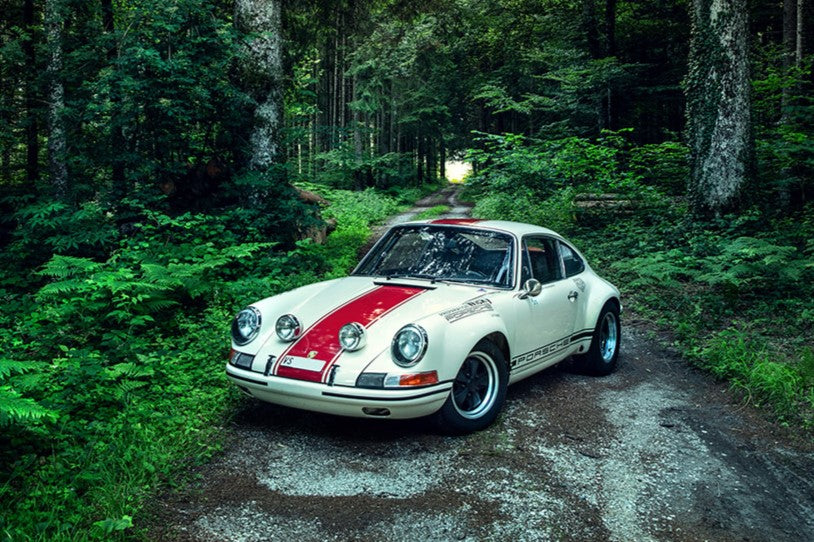
Driving an air-cooled 911 made for racing is always special. We track down a unique 1970 911 S that was converted to ST specification for Group 4 of the FIA World Championship.
Words: Wilhelm Lutjeharms
Pictures: Charles Russell
The 911 ST is one of those early 911s that was not known as widely to most enthusiasts at the time, but which today is almost immediately identifiable. The name has also now been implemented for the ST on a recent model. However, the latest incarnation is not quite the same as that of the original...
The original STs were very special cars. Firstly, they were race cars (the parts were an option from the factory) and secondly, they were never really called an “ST”. The “ST” moniker was the internal name given to the racing version of 24 factory-built cars on the 911 S model in 1972. These cars have now reached iconic status in the Porsche world. They are revered as collectable items. In period, a few privateers upgraded their racing cars in Group 4 to the ST specification after 1972. This car is one of those.
The details

Converting a 911 S to Group 4 ST specification involved modifications to the body, engine and cabin. Apparently, only around two dozen of these lightweight shells were produced straight from the factory. However, as was often the case during this era, racing kits could also be supplied to customers when / if they want to convert their 911 S to ST specification themselves. This decision to allow customers to convert their own cars meant that no two cars were likely the same, as not all parts were fitted to all cars. The result is that, for instance, some cars featured the wider arches and some the slimmer body. Tastes differ, but those wider arches seem more fit for purpose and do add some visual drama to a shape that we all adore!
At the business (rear) end, Porsche kept the 2.2-litre engine from the S for rallies (134 kW at 6 500 rpm), but for the ST the engine was heavily modified. The cylinder bore was increased by 1 mm to 85 mm, resulting in a capacity of 2 247 cm3.
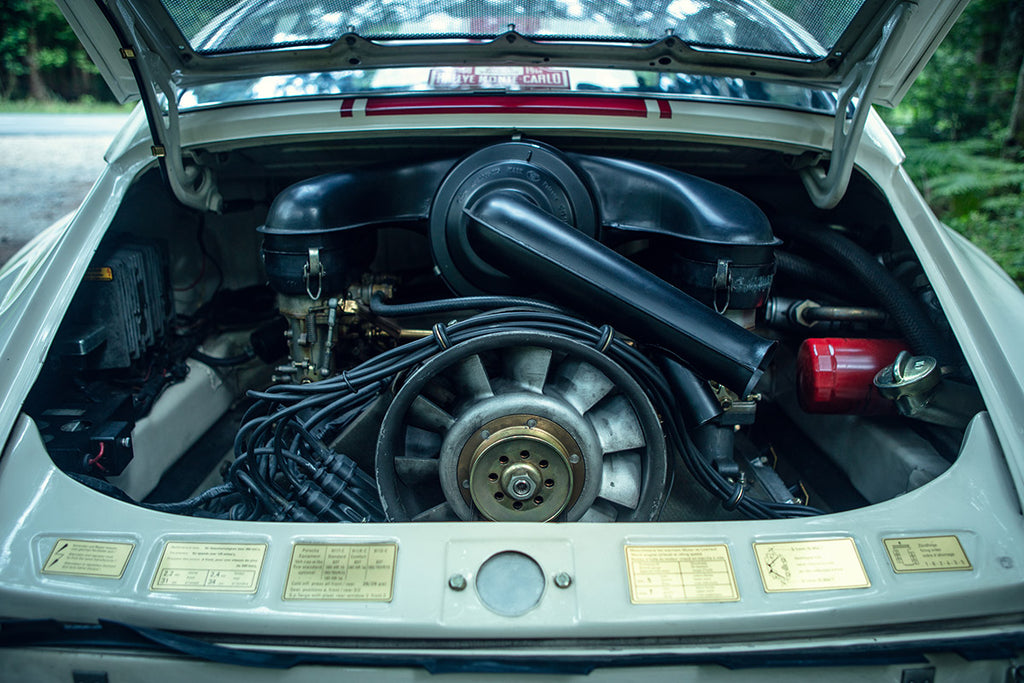
With a raised compression ratio of 10.3:1, the flat six produced up to 177 kW at a much higher 7 800 rpm – a notable increase. To be able to reliably deliver this power a number of internal upgrades were done to the engine. This included a crankcase that was pressure die-cast in magnesium alloy, the cylinders had chrome-plated bores and the cylinder heads were made of aluminium alloy. Then, the forged-steel crankshaft ran in eight bearings. Lubrication of the engine was done by a dry-sumped system featuring a pinion mechanical oil pump.
This 1970 Porsche 911 S 2.2 was first driven off the production line in January of that year. Its first owner was Andre Wicky of the Wicky Racing Team, based in Lausanne, Switzerland. Wicky himself was a Swiss racing driver who competed in motorsport for a number of decades. He was very active at Le Mans, his best result being an overall 17th place in 1971, at the wheel of a Porsche 908.
The conversion

Shortly after delivery, the car was sent to racer Jo Siffert who at the time had recently opened Jo Siffert Automobiles in Fribourg. Here it was ultimately converted to Group 4 ST specification. The conversion meant an increase in engine size to 2.5-litres (cylinder bore was increased to 89 mm) and featured twin plugs. The FIA technical historical passport reflects the certification of this piece of history being upgraded from 2 193 cm3 to 2 466 cm3.
Interestingly, the car’s records show that its second owner was a priest in Fribourg (!). Apparently, this priest was known for his passion for and love of fast cars. The priest sold the car after a small accident and found the lack of a heater in the car a little too spartan, considering the icy Swiss winters. Over the following years the car had many owners and during this time the original tangerine colour was changed to ivory.
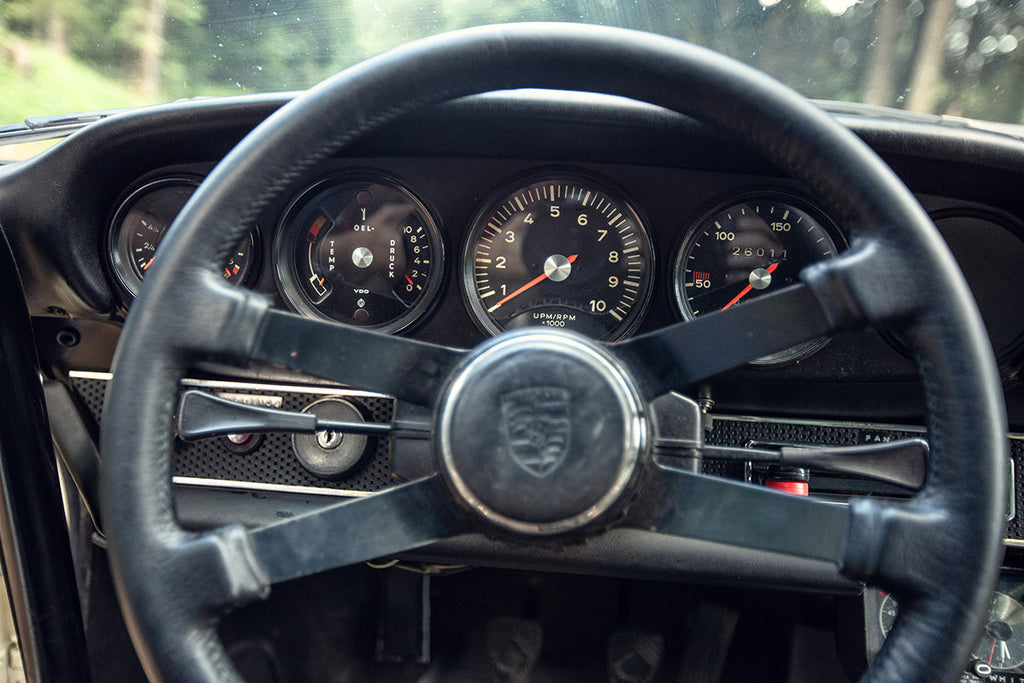
In the early-2000s this car was restored by respected Porsche racer and restorer Marc de Siebenthal in Lausanne, Switzerland. Following the restoration (which included the body, interior, drivetrain and suspension) the car has participated in numerous European rallies, ranging from Tour Auto and Ollon Villars to Tour d'Espagne and Modena Cento Ore Classic. In 2009 the car won a stage in the Gstaad Rallye in Switzerland, followed by a win at the Coupe des Alpes in 2011. That all these participation documents and trophies form part of the car’s history folder makes this particular car all the more valuable. Subsequently the car was acquired at auction in 2012 after hefty action in a telephone bidding exercise by its current owner, a South African Porsche enthusiast and amateur racer. Before the auction, the car was part of the world famous Milou Porsche collection.
Behind the wheel
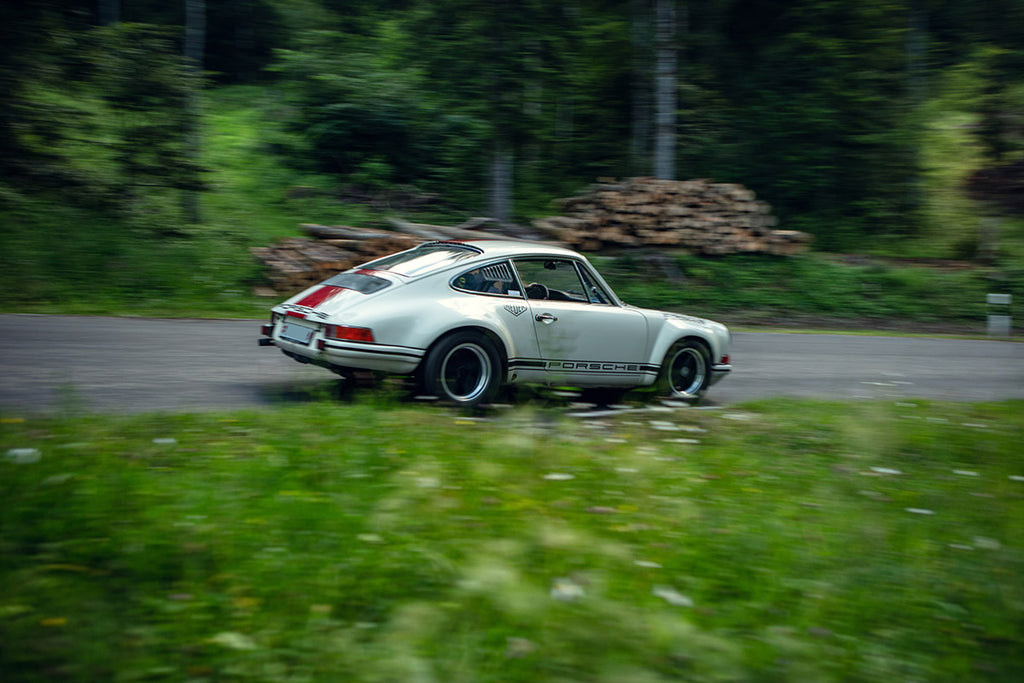
Parked in the forest only metres away from the roads on which we are about to unleash an 8 000 rpm flat-six howl, this 911 looks like no other early air-cooled model I’ve driven. This is partly attributable to two quaint-looking additional front lights (with the number plate attached to the "frunk" just below it) and those flared wheel arches front and rear, the rears reminding me of the later RS models. However, those extended front arches especially draw your attention. \
The wider arches were thanks to racing rules and regulations at the time that allowed for wider wheels. They give the car a zesty, purposeful look and frame tyres that will likely provide surprising levels of grip in the corners. I walk to the rear and notice that the engine lid features a wide mesh for cooling while the lid itself is kept in place by two rubber latches (similar to the ones that keep the front lid in place).
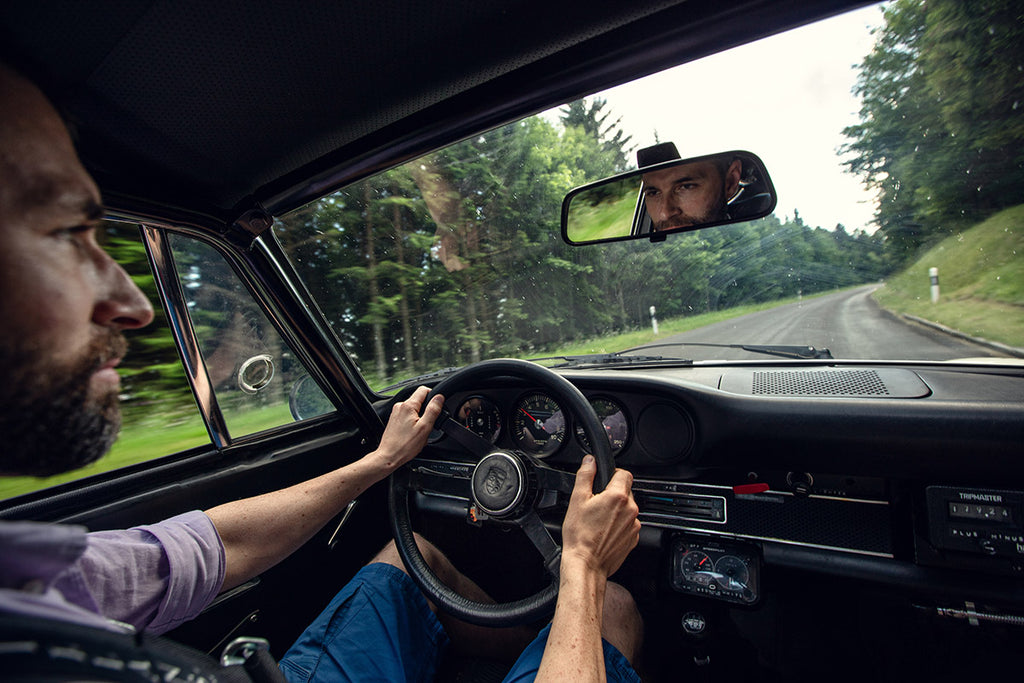
Release the rubber latches, lift the lid and the special 2.5-litre, flat-six engine presents itself, showing off all its stickers and the finer details of the mechanical fuel injection. If you are familiar only with road-going 911s, the engine’s odd capacity takes a while to sink in.
The period correct Recaro bucket seats, four-point harness, Stilo headsets and roll-cage all vie for your attention while reminding that this is no ordinary 911. There is also a fire extinguisher mounted next to the open gate gearshift. The restoration during 2002 and 2003 provided all the correct period rally details, including the Halda trip meter, Halda speedometer, map light, and twin Heuer stopwatches.

Once seated in the comfortable and supportive (from your upper legs all the way up to your shoulders) bucket, it is the 10 000 rpm rev counter that grabs my attention, providing a clue to the engine’s capabilities.
Peering through the windscreen and readying myself for my drive, the thick red line through the middle of the car and the view of the back of the spot lights never leave you in any doubt that you’re about to pilot something special.
A quick final look around the cabin before we set off reveals the one nod to modernity: a luggage net which kept the owner and his wife’s travel paraphernalia in place during a European trip in 2017.
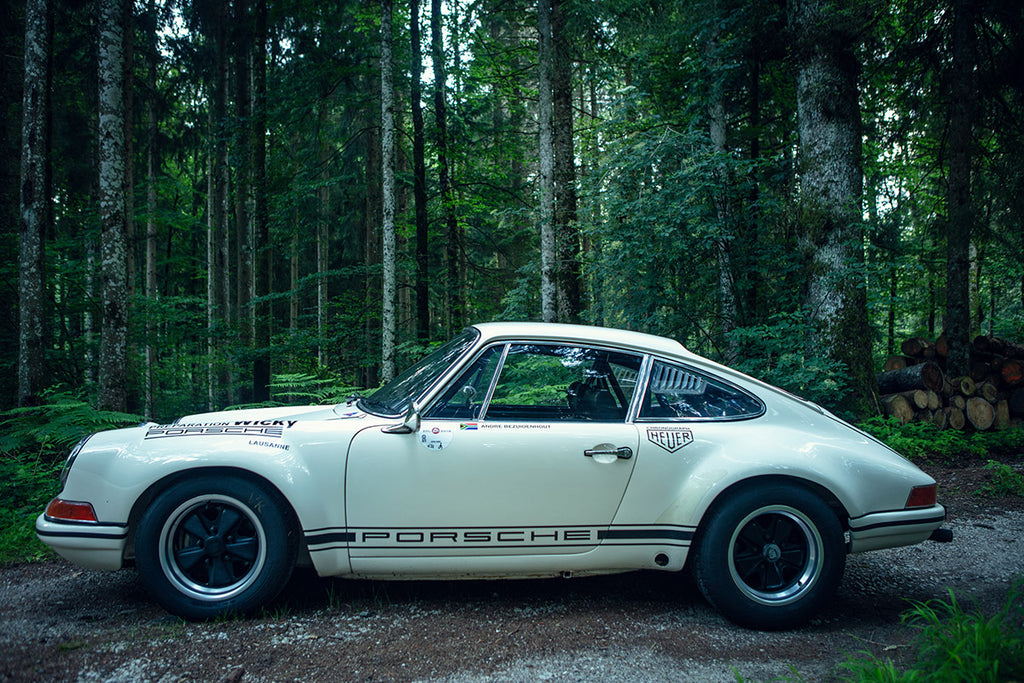
The 2.2-litre engine from the 911 S is already a free-revving unit that is willing to spin with enthusiasm around the clock. However, the updates to this car to take it to a 2.5-litre unit have totally transformed the engine. Not only is there already some poke from just past 2 000 rpm, but suddenly the engine feels totally unstressed at 5 or even 6 000 rpm. In a standard S model, you would be approaching the redline at this point but in this 911 you feel as if the engine is just getting into its stride, sounding and feeling like it has so much more to give.
That is because there is comfortably another 2 to 3 000 useful rpm before an up-shift is required. If you have any mechanical sympathy for cars, you might wonder for a moment whether the engine can handle it, but then you put your foot down and watch and experience how eager the needle runs past 6 000 then 7 000 and finally 8 000! The sheer joy of the experience dispels any mechanical fears. I press the clutch and change gear, and immediately the relentless acceleration continues.
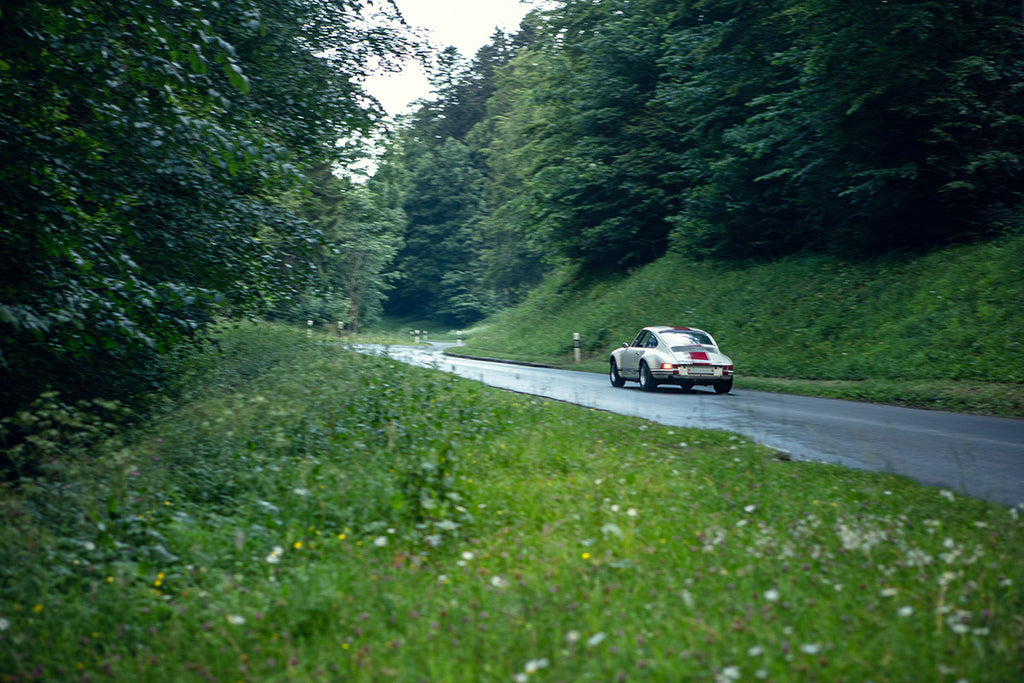
There is a lightness and willingness from the engine to rev that can’t be replicated in today’s heavier, but much more powerful, engines. At these high revs the sound from engine is not a high-pitch scream like the modern units, but more of a rougher mechanical rumble, perhaps illustrating the more basic mechanical build of these engines. Once you've gotten used to the wonderful engine, you notice that the ride is firm and if any loose items in the car are not firmly in place they will move around. But this firmness is to be expected when considering this car’s raison d’être.
I quickly realise that the clutch and 915 gearbox complement your driving if you do your foot work. A quick blip before a down-change makes the process smoother (and faster). The shifter moves through the gears with ease; don’t try to rush the ‘box though.
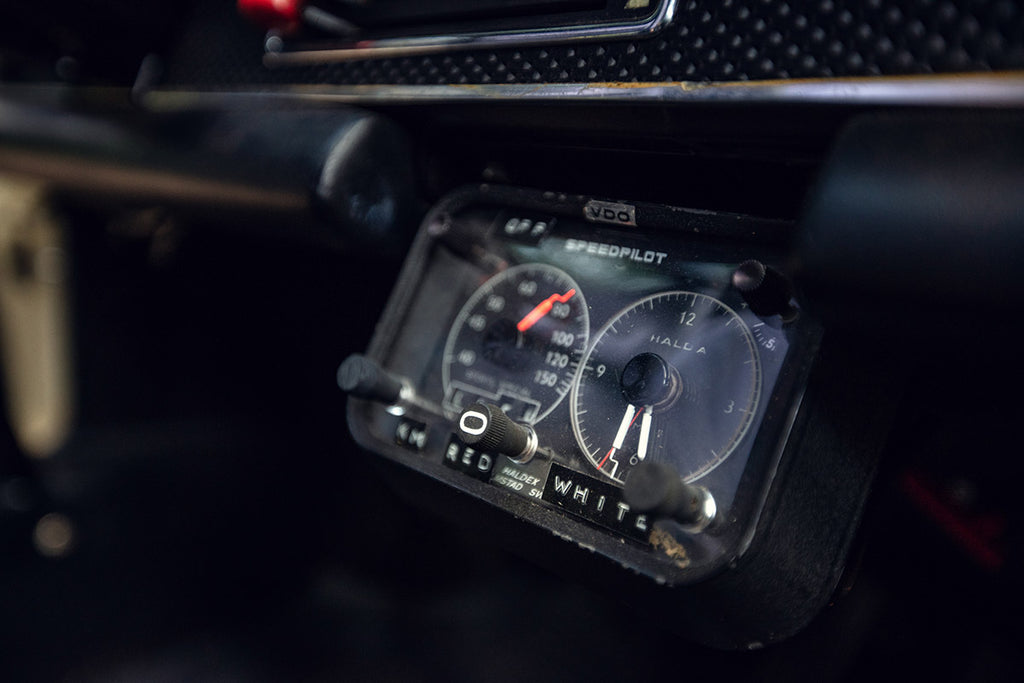
Apart from the safety benefits of the roll cage, it contributes to the rigidity of the car and further encourages you to tackle corners faster and faster and to trust the car ever more. The car weighs about a ton, and makes for a very convincing “less is more” argument, being light on its "tyres" and allowing the engine to provide some proper acceleration.
The twisties
Up the mountain there are several corners stitched together by a number of straights. Here I can experience first-hand the needle running excitingly to 8 000 a number of times. Climb on the brakes and the speed is quickly and confidently brushed aside, accompanied by a solid and positive feel through the brake pedal, the minimal weight of the car adding to the appeal.

Throttle inputs have an immediate effect on the engine but there is not a moment that the car feels intimidating or that you feel you can’t make the most of its performance – unlike some of the modern 911s! Up front 205/60 tyres are fitted, and at the rear slightly wider 225/60 – all on signature 15-inch polished Fuchs alloys.
I pull over and open the door by pulling the long leather strap – similar to the later RS specification. I stand back and take a good look at the car. As in any classic 911, the cabin is compact, there not being an abundance of space around you. But, the car counters this by providing you with a feel so integrally part of the experience, especially once you are strapped in and have pulled the harness tight. As there is no air-conditioning, we don’t have a choice but to drive with the windows open. This contributes to the experience as the aural delights from that special engine now fill the cabin – such a highlight when you pilot it through some rural Swiss forests.

At the end of the day, we head back through a number of smaller villages, put some fuel in the car and head to our hotel, all the while quiet and contemplating this wonderful machine. In essence, the combination of a lightweight, air-cooled 911 running on wider tracks together with a stiffer body and stronger engine is a perfect combination. It encourages you to string a number of mountain-passes together to experience as many corners as possible and learn the finer dynamic nuances of the car as quickly as possible.
Progress is, of course, necessary, but not always more entertaining, as this 911 ST convincingly proves. The current owner possibly best described this car: “It is simply the most delightful lightweight Porsche I have ever raced. If there is one that I will take with me into another lifetime, this is the one.”
Specifications
1970 Porsche 911 “ST” 2.5
Engine: 2.5-litre, flat-six cylinder, petrol
Power: 177 kW at 7 800 rpm
Torque: 222 Nm at 5 200 rpm
Transmission: 5-speed manual, RWD
Weight: < 1 000 kg
Production run: 1969 - 1972
